Some Iconic Australian Inventions
Note: this was forwarded to eLanka as an email, and if you are the author of the following, we at eLanka would love to give credit, and add your name as the author!. So, kindly contact us if you are the author!. Thanks, the eLanka team
![]()
Iconic Australian inventions
We take a look back at the inventions invented by Aussies.
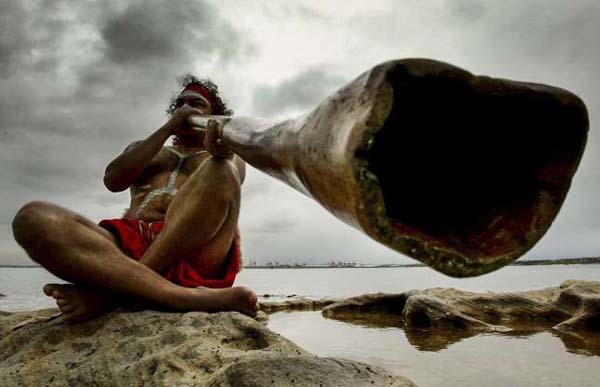
Didgeridoo
The didgeridoo can arguably be classified as the first Australian invention, and is still prominently used today.
The wind instrument was developed by Indigenous Australians around 1000 to 1500 years ago. Playing the didgeridoo involves a complex breathing technique called circular breathing – breathing through the nose and breathing out of the mouth at the same time.
Traditionally, only males and can play the didgeridoo during ceremonial events.

Australian Rules Football (1858)
An iconic Australian sport, Aussie Rules has been played since June 1858 and was originally established as a means to keep cricketers fit during the winter.
In 2002, the Australian Football International Cup began with the tournament being held every three years. Australia, however, cannot participate.
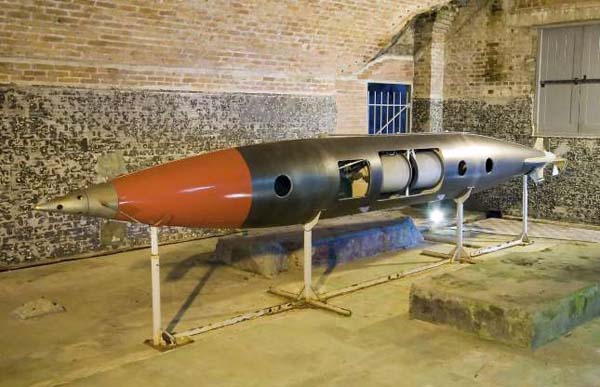
Brennan Torpedo (1874)
Invented by Louis Brennan in 1874 and patented in 1877, the Brennan Torpedo was propelled by two rotating propellors that were spun by rapidly pulling out wires from drums wound inside.
It is often claimed as the world’s first guided missile.
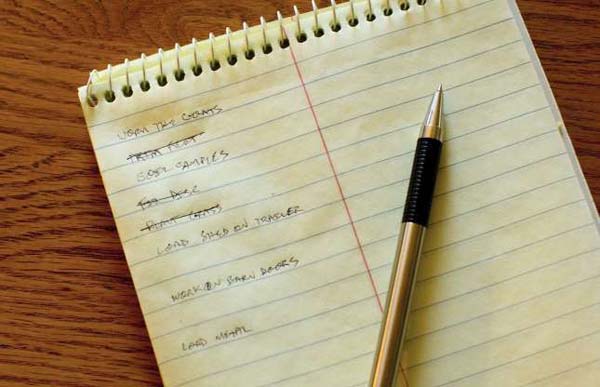
Notepad (1902)
Tasmanian J.A. Birchall was the first person to bind loose sheets of paper together and sold them as the first notepad.
Birchall’s innovation involved cutting sheets in half, backing them with cardboard and gluing them together at the top.
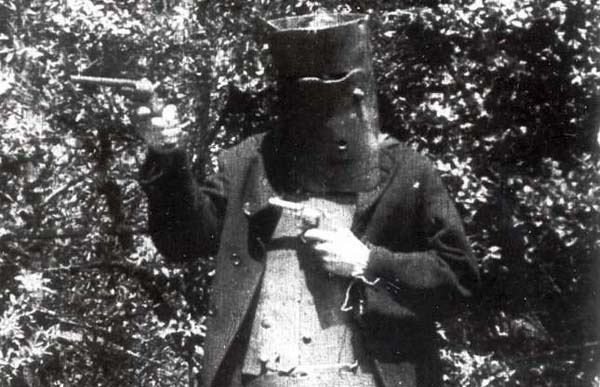
Feature Film (1906)
Heralded as the world’s first full-length feature film, ‘The Story of the Kelly Gang’ traces the life of bushranger Ned Kelly.
Written and directed by Charles Tait, the film ran for more than an hour, which was the longest time that a film had run during this era.
The movie premiered in Melbourne on December 26, 1906.
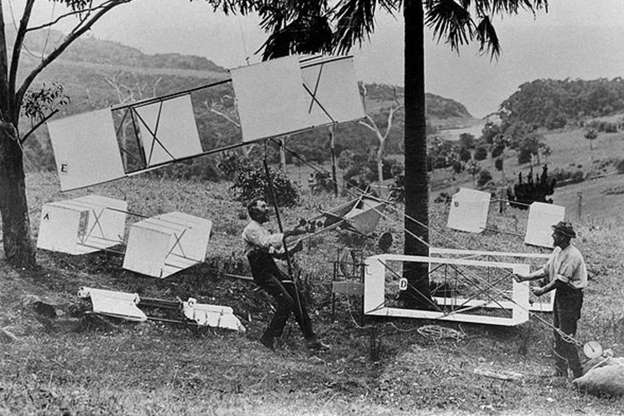
The Box Kite (1893)
The box kite was developed by Irish-born Australian Lawrence Hargrave in 1893, which aided greatly in the development of powered-flight.
On November 12, 1894, Hargrave was able to lift himself 16 feet off the ground after tying four box kites together.
Hargrave was given a place in Australia history after he was engraved on the 20-dollar note from 1966 to 1994.
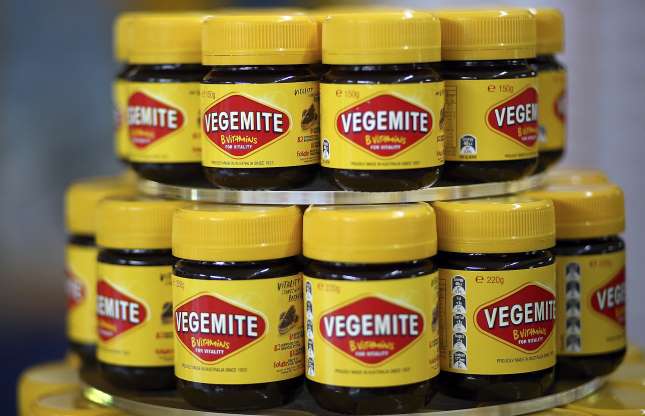
Vegemite (1922)
When one thinks of Australia, one turns to our national spread.
Made from yeast extract, Vegemite has been causing rosy cheeks since 1922.
In 1928, Vegemite changed its name to Parwill to compete with Marmite. The slogan went: “If Ma mite then Pa will”. It changed the name back to Vegemite in 1935.
It was the first product to be scanned at checkout in 1984.
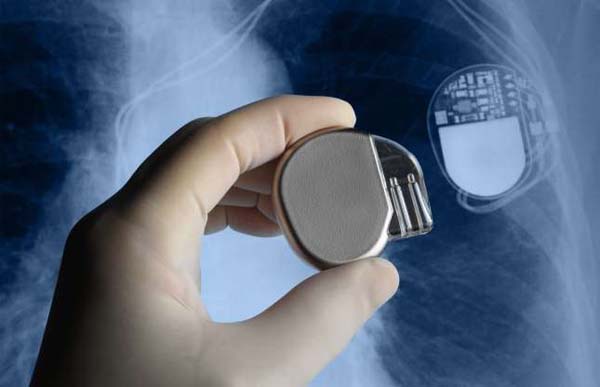
Electronic Pacemaker (1928)
The Electronic Pacemaker was developed by Dr Mark Lidwill and Edgar H Booth in 1926.
The original device plugged into a ‘lightning point’ and an insulated needled was plunged into the heart.
The device was used in 1928 to revive a stillborn baby in Sydney.
The pacemaker was used a launching pad for insertable and modern pacemakers.
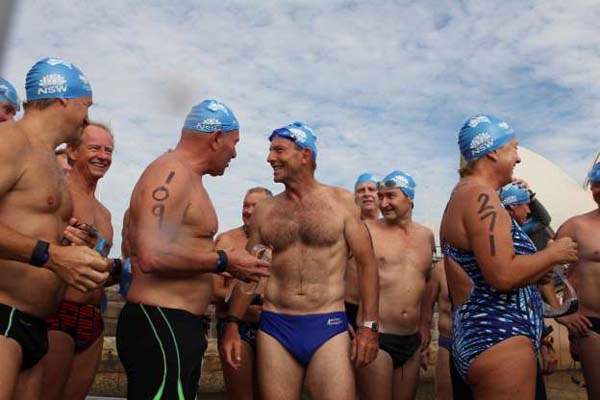
Speedo swim brief (1929)
The Speedo swim brief (also known as the budgie smuggler, banana hammock and togs) made its debut in 1929 and is still covering the privates of male beachgoers to this day.
It is also the swimwear of choice of Australian Prime Minister Tony Abbott (pictured).
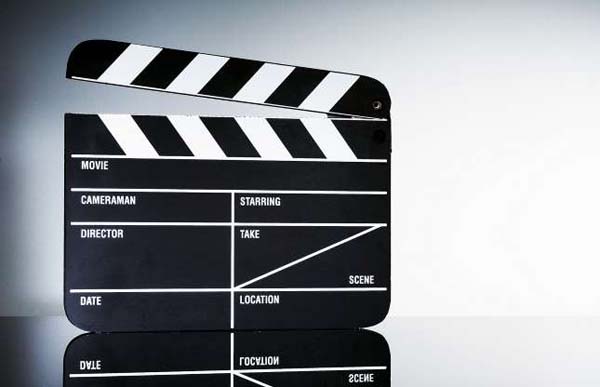
Clapperboard (1930)
The clapperboard was invented by F. W. Thring in Melbourne, Australia.
The original design of the clapper involved two sticks hinged together.
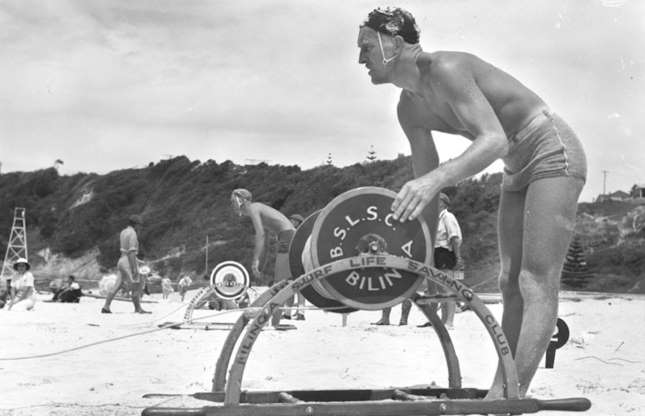
Surf-life saving reels (1906)
Lester Ormsby is credited as the inventor of the surf life-saving reel which was demonstrated at Bondi Beach on December 23, 1906.
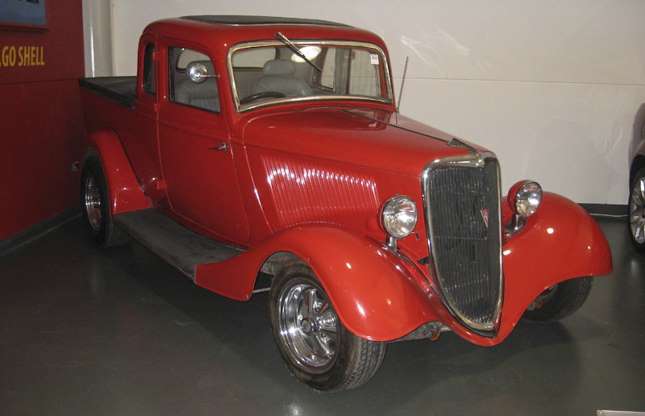
The Ute (1934)
The Coupé utility vehicle – commonly known the ‘The Ute’ was designed by Lewis Brandt of the Ford Motor Company in Geelong.
The idea for the Ute came from a farmer’s wife who wanted a vehicle that could take her ‘to take her ‘to church on Sundays and pigs to market on Mondays’.
The first Ute rolled off the production line in 1934.
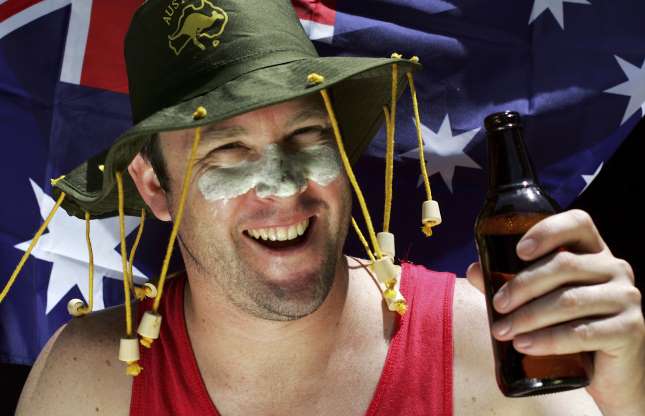
Zinc Cream (1940)
Nothing screams Aussie more than zinc cream plastered across your nose.
The sunscreen, which contains zinc oxide, was developed by Fauldings pharmaceutical company in 1940.
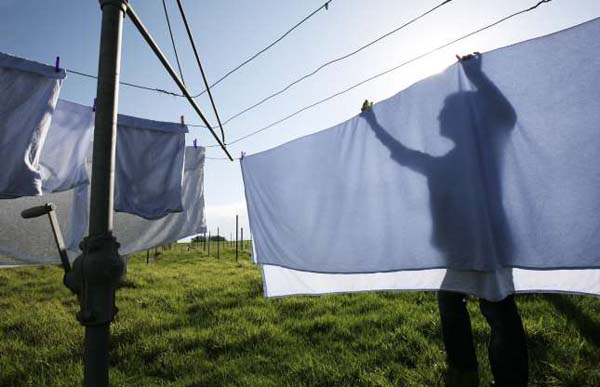
Hills Hoist (1945)
Manufactured in Adelaide by Lance Hill in 1945, the Hill Hoist is a common sight in most Australian backyards.
The idea for the original design arose from Hill’s wife wanting an inexpensive replacement to line she had been using to dry her clothes.
The hoist can also be used to as rotating monkey bars and can be used to play ‘Goon of Fortune’.
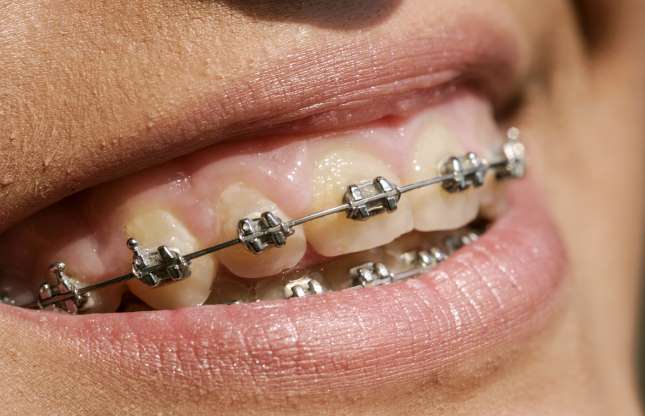
Stainless steel braces (1956)
Western Australian orthodontist Percy Begg started devising a new technique for repositioning teeth in the 1940s.
When his use of stainless steel was introduced in 1956, he became an international sensation as the use of lightwire eliminated the need for head gear.
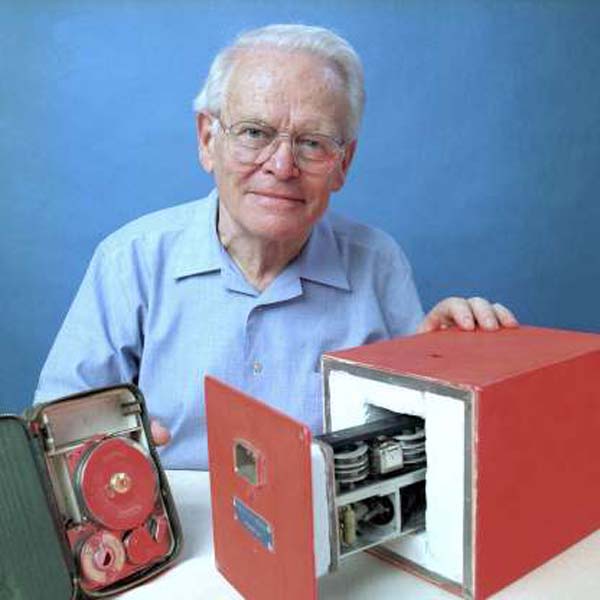
Black box flight recorder (1958)
The ‘black box’ flight recorder was invented by Dr David Warren in Melbourne.
It was used to capture a plane’s readings and to record crew members’ conversations to determine what issues a plane ran into in the event of a crash.
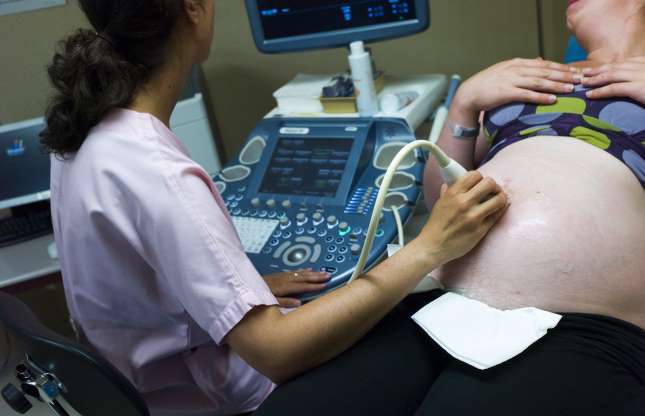
Ultrasound (1961)
The work of Australian Department of Health researchers David Robinson and George Kossoff has been credited with the development of the first ultrasound in 1961.
The first images of an unborn child were seen in 1962 at the Royal Hospital for Women.
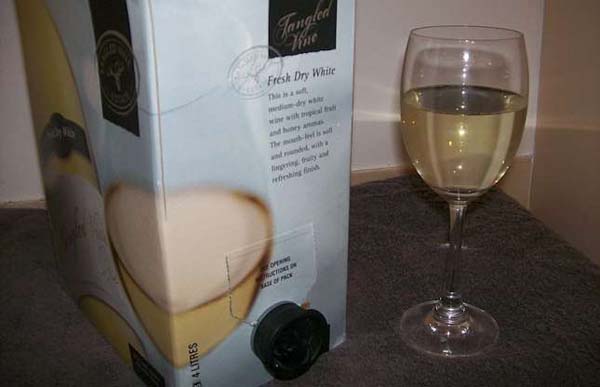
Boxed wine (1965)
The epitome of Australian classiness, boxed wine, also known as goon, was invented by Thomas Angove in 1965.
While it was less expensive and more environmentally friendly than it’s bottled-cousin, boxed wine has been criticised for its cheapness and a means for alcoholics to get drunk on a budget.
In certain circumstances, the goon bag can also be used as a temporary substitute to a pillow.
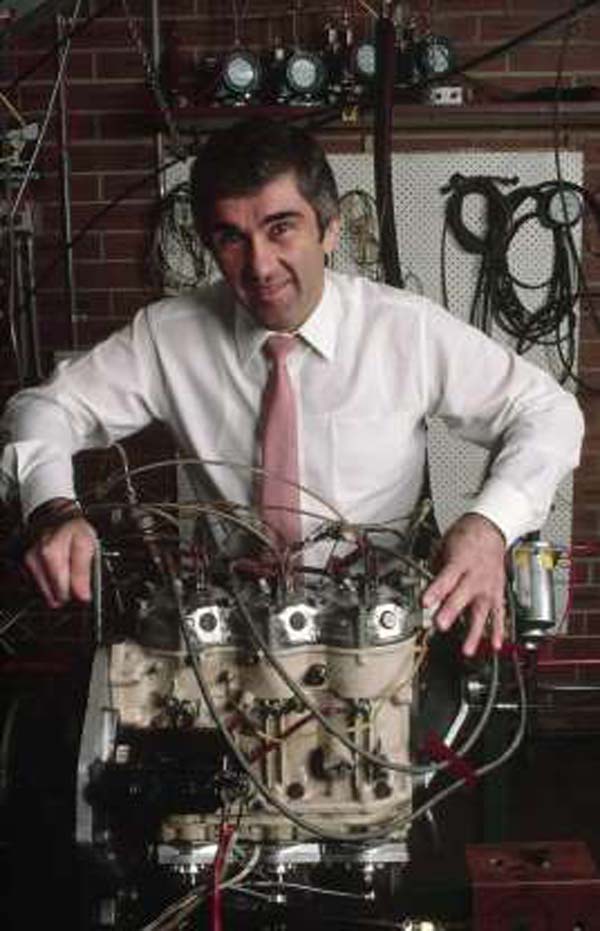
Sarich Orbital engine (1972)
The Sarich Orbital engine is an internal combustion engine that had no high-speed contact with engine walls.
The engine never made it into production as it was prone to overheating, however the processes developed for the engine can be seen in other orbital engines.
It was created by Ralph Sarich in 1972.
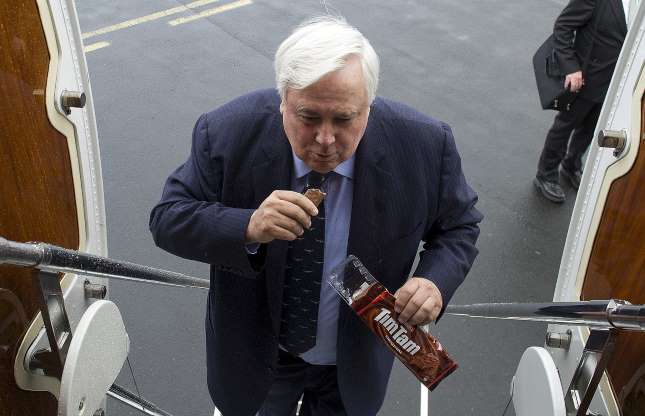
Tim Tam (1964)
Created by Ian Norris, the Tim Tam was first introduced on February 16, 1964.
The name for chocolate biscuit was the work of Ross Arnott, who decided the name of the 1958 Kentucky Derby winner would be a good name for a biscuit line.
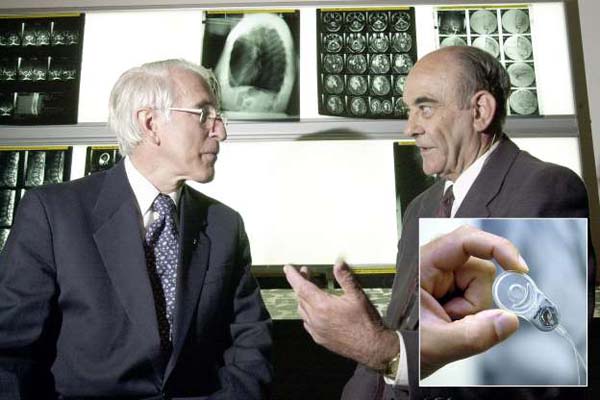
Cochlear implant (1978)
Dr Graeme Clark helped research and developed a means for deaf individuals to hear after the invention of the Cochlear implant, also known as the bionic ear.
The first bionic ear recipient was Rod Saunders who lost his hearing at the age of 46.
In 2008, Clark announced that he was developing a “hi fi” implant that would help users perceive music and different voices in noisy rooms.
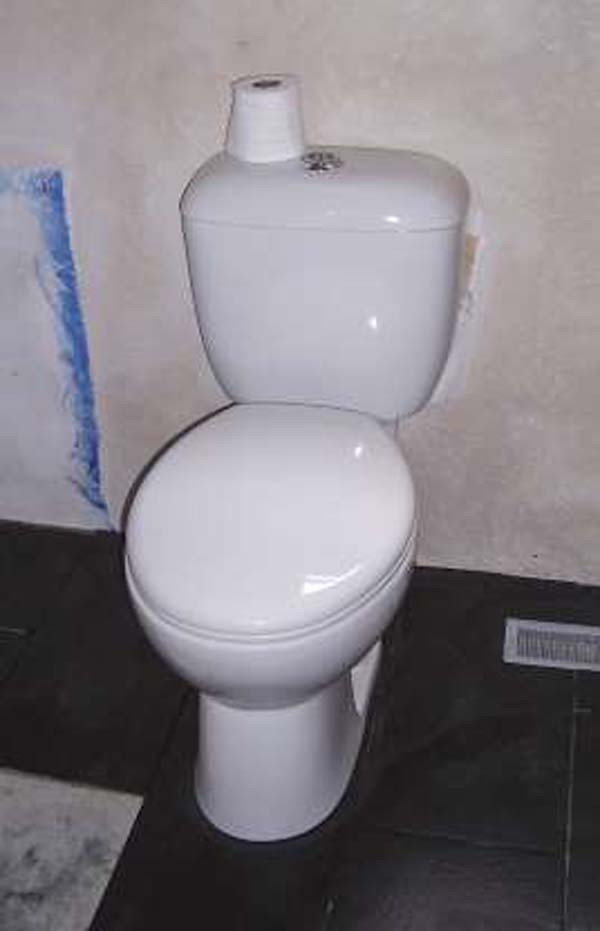
Dual flush toilet (1980)
Bruce Thompson can be thanked for combining two of Australians favourite things – using the dunny and saving money.
The invention of the dual flush toilet system has been estimated to save households 320,000 litres of water every year.
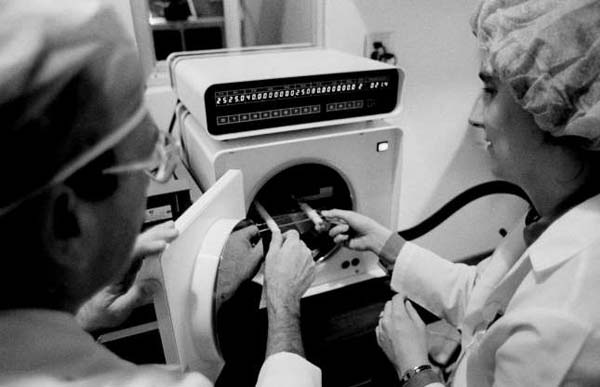
IVF Embryo freezing (1983)
Researchers from Monash University and the Royal Women’s Hospital in Melbourne perfected the ‘freeze-thaw’ in-vitro fertilisation technique in 1983, which allowed the freezing of an embryo, thawing it and implant it.
The first frozen embryo baby was born in Melbourne on March 28, 1984.
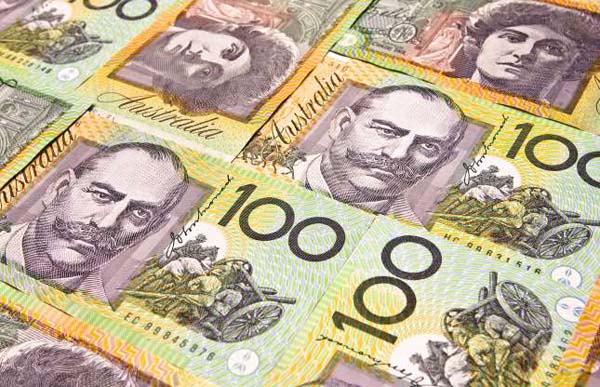
Polymer banknote (1988)
The Polymer bankote was developed as a joint venture between the Reserve Bank of Australia, CSIRO and the University of Melbourne as a means of preventing forgery.
Australia fully switched over from paper currency in 1996.
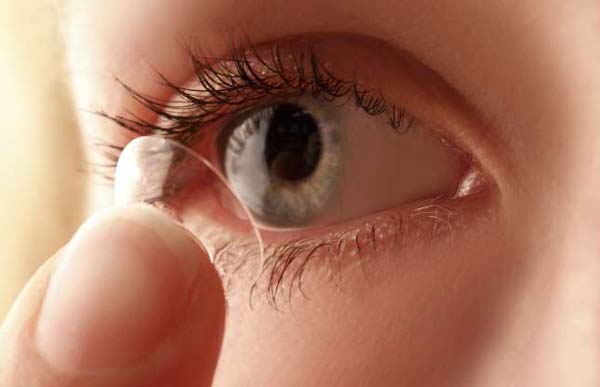
Multi-focal contact lens (1992)
The multi-focal contact lens was invented by Queensland optical scientist Stephen Newman.
This particular type of contact lens work in the same way at bifocal glasses, which helps people focus on multiple distances through the same lens.
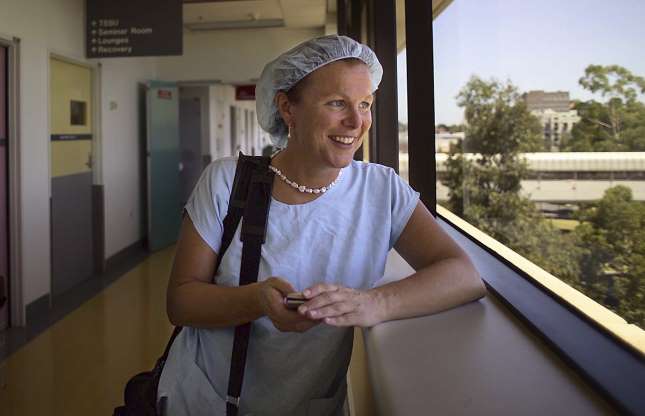
Spray-on skin (1992)
Spray-on skin was developed by Dr Fiona Wood as a means of treating burns victims.
The technique shortened the time to produce skin cells to cover a burn from 10 days to five.
Dr Wood was named Australian of the Year in 2005.
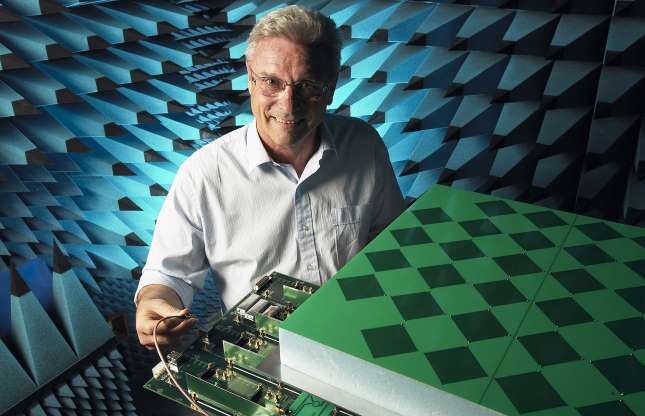
Wi-Fi (1992)
Wi-Fi’s origins can be attributed to the work of CSIRO scientist John O’Sullivan (pictured) which was the by-product of a failed experiment.
The findings were then patented and used as Wi-Fi method to ‘unsmear’ signals.
The CSIRO has since won numerous patent-infringement lawsuits.

Scramjet (2002)
University of Queensland’s HyShot team sent a scramjet into the atmosphere on a test flight, which was a world first.
A scramjet operates at speeds five times the speed of sound.
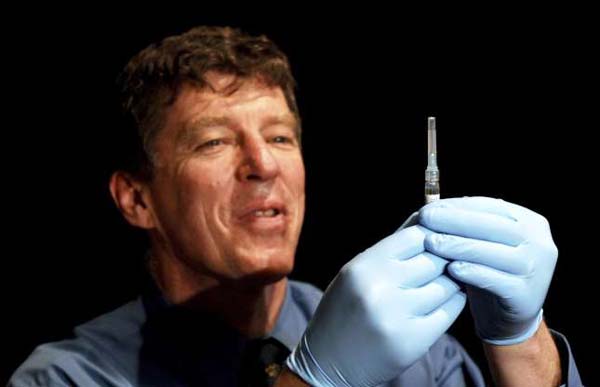








No Comments